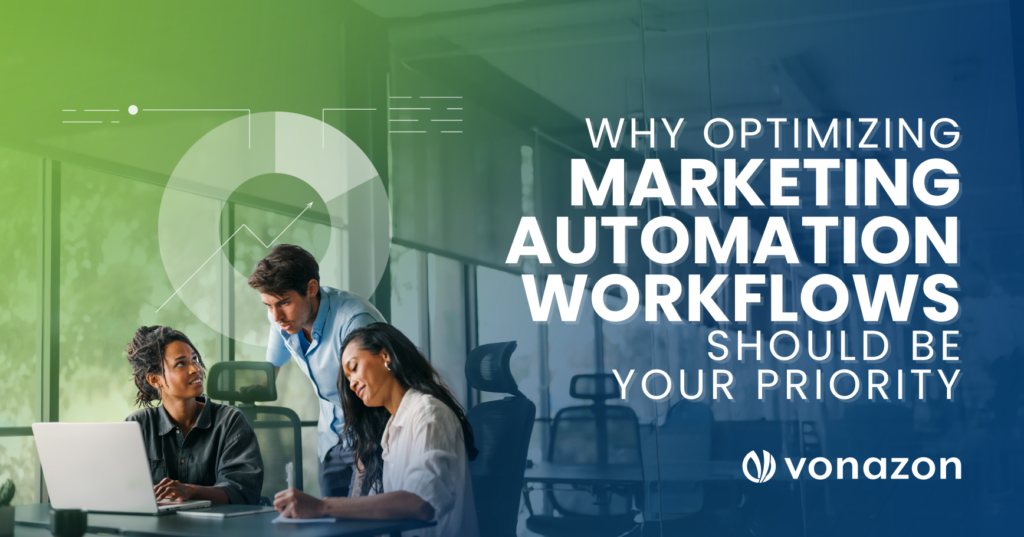Why Optimizing Marketing Automation Workflows Should Be Your Priority
Marketing automation was built to make your life easier. And when it’s working right, it does. Leads get nurtured, emails go out at the right time, your CRM stays organized, and nobody has to chase down a prospect with a Post-it note. But when your marketing automation workflows get bloated, impersonal, or poorly aligned? Your efficiency starts to bleed and your marketing can actively turn people off.
Let’s be clear, optimizing marketing automation workflows isn’t just about streamlining tasks. It’s about turning your automation into an intelligent engine that drives growth, respects customer behavior, and adapts to new data in real time.
In this blog, we’re breaking down how to do it right. We’ll cover how to personalize at scale, avoid the most common marketing automation mistakes, and measure marketing automation success like a seasoned pro.
Start With Strategy, Not Software
Before diving into workflows, integrations, or triggers, you need to answer one very human question: What does your buyer need at each stage of their journey?
Before diving into workflows, integrations, or triggers, you need to answer one very human question: What does your buyer need at each stage of their journey?
If your automation isn’t aligned to customer intent, no amount of technical sophistication will save you. You’ll just be automating noise.
Take a beat to map out each stage of the buyer’s journey. Don’t think about just automating what you have, but instead what actually provides value to your audience at their stage in the customer journey.

Awareness-
stage interactions
This is the discovery phase. Think blogs, guides, and webinars that educate without selling. Keep CTAs light and focused on value, like subscribing or downloading.
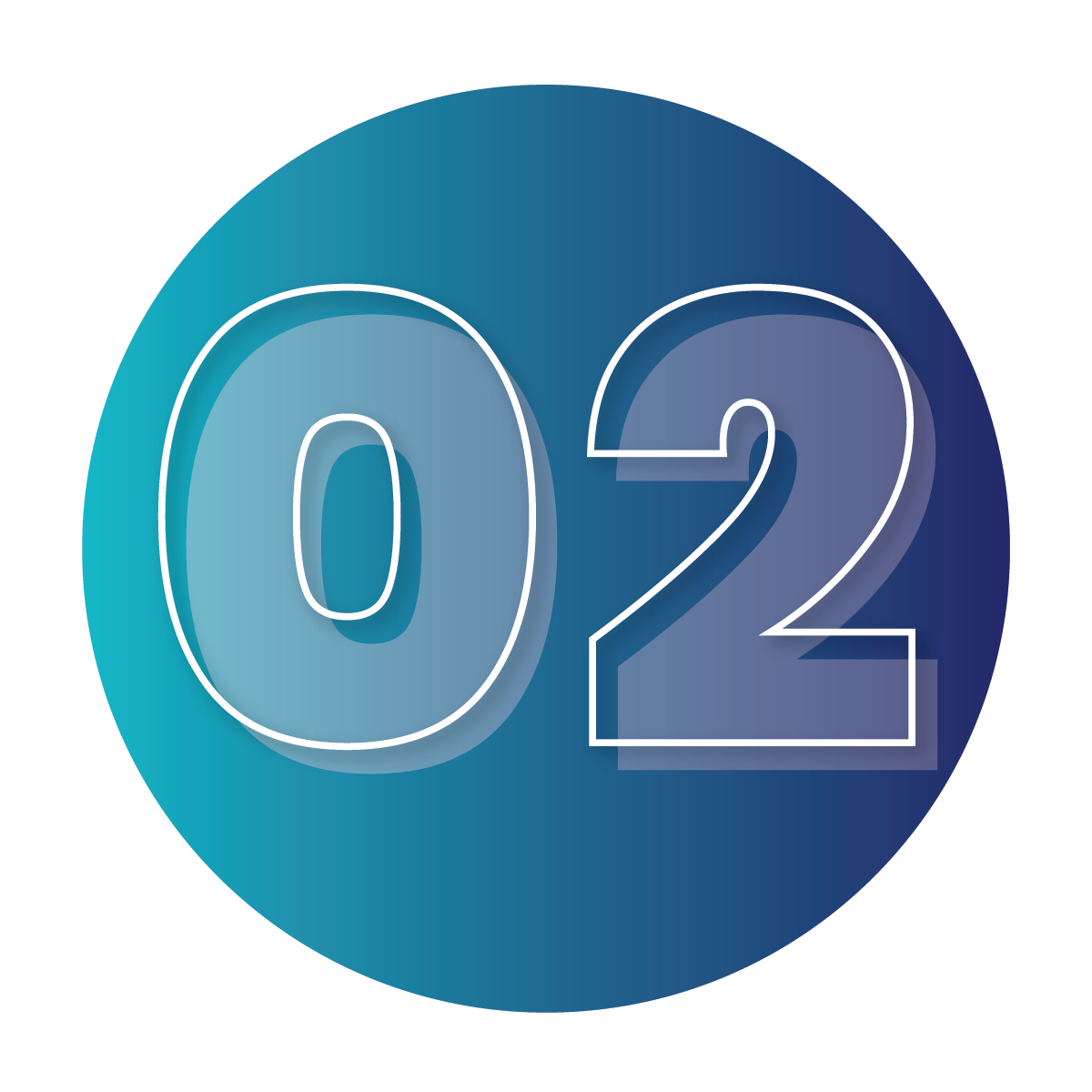
Consideration-
stage behaviors
Now your lead is problem-aware and evaluating options. Serve up comparison content, demos, and tailored nurturing based on their behavior.

Decision-
stage triggers
They’re ready to buy, but need reassurance. Trigger targeted follow-ups, offers, or rep outreach based on clear buying signals like pricing page visits or demo requests.
Common Marketing Automation Mistakes and How to Dodge Them
Let’s get this out of the way: most marketing automation failures don’t happen because the platform is broken. They happen because someone built a workflow at 4:45 PM on a Friday and never looked at it again. Here are the big culprits:
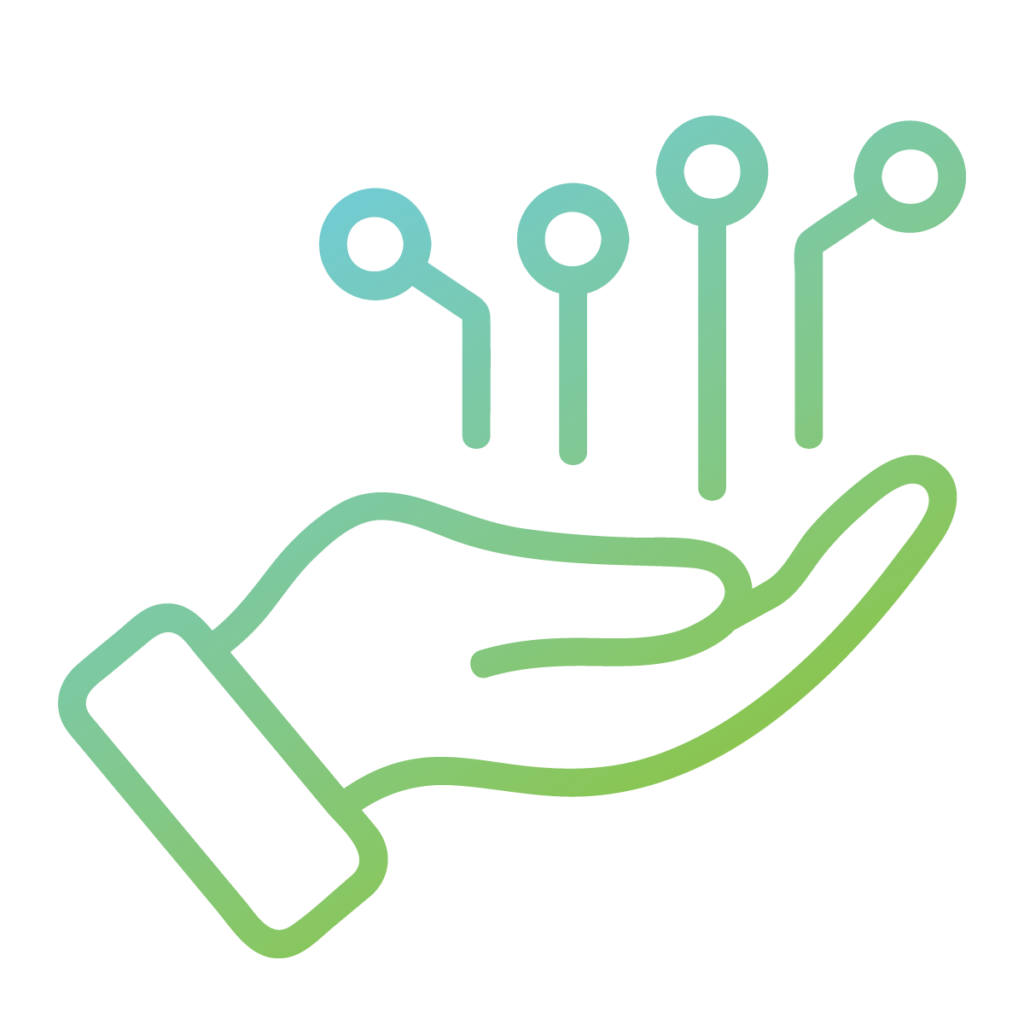
1. Over-Automating Everything
Just because you can automate it doesn’t mean you should. Customers still want human moments, especially in B2B where trust is currency. Don’t use automation to replace genuine conversation. Use it to prompt it.

2. Not Setting Exit Conditions
You send a nurture email. The lead books a demo. And then… the workflow keeps going, like a bad party guest who won’t take the hint. Failing to add exit criteria (like list removal or goal completions) is a surefire way to annoy – and lose – leads.
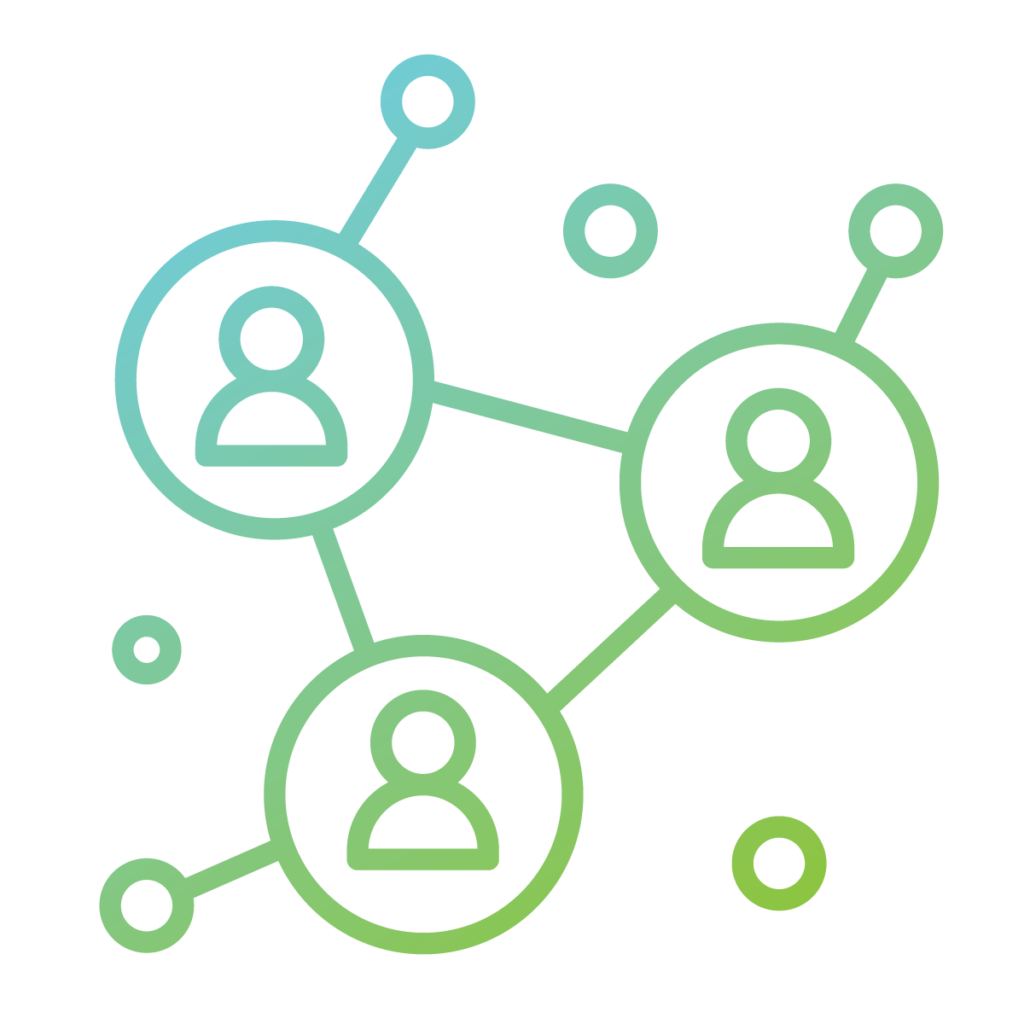
3. Treating Everyone the Same
This one’s a classic. You fire off the same 7-email nurture to a CEO and a junior analyst. One gets annoyed and the other gets confused. Neither converts. Segmentation and behavior-based branching are absolute necessities now.

4. Measuring the Wrong Metrics
It’s easy to obsess over open rates and clicks, but those are surface-level signals. If your best-performing workflow has a 70% open rate but leads to zero sales conversations, it’s not working. The real value lies in tracking how automation influences pipeline movement with metrics like lead-to-MQL conversions, demo bookings, and revenue attribution.
Personalizing Automated Marketing Messages
At Vonazon, we like to treat workflows like living organisms. If you’re not checking in on them, adapting them, and feeding them better data, they start to decay. Here’s what we recommend for optimizing marketing automation workflows:
Here’s how to personalize without losing your brand voice:
Behavior-Based Triggers
Use page views, downloads, form fills, and email interactions to determine what someone cares about. Don’t just send a generic eBook follow-up; send a related case study or webinar invitation based on that content’s topic.
Dynamic Content Blocks
Progressive Profiling
Better personalization starts with better data. Progressive profiling lets you gradually collect more details about a lead over time without overwhelming them up front. That means every form fill becomes more valuable, and every email can be more targeted.
Building Smarter Workflows: The Core of Optimization
Personalization is more than sprinkling in a first name. Customers expect content that feels relevant to them, which means where they are, what they do, and what they’ve shown interest in. And while doing that manually doesn’t scale, the right automation setup absolutely can.
-
Audit Your Existing Flows
How many active workflows do you have right now? How many of them still reflect your current products, services, and segmentation strategy?
Run a full audit every quarter. Clean out outdated assets, consolidate overlapping workflows, and identify where leads are dropping off. Not sure where to start? Vonazon offers a free HubSpot audit to help you pinpoint exactly where your automation needs attention and where it’s quietly costing you conversions. -
Layer in Lead Scoring
Lead scoring isn’t just a sales tool - it’s a critical input for your automation. Use behavior and demographic data to create scores, and then set automation to respond accordingly. For example, a high-scoring lead might trigger a sales notification or product-specific nurture, while a lower-scoring lead might go into a long-term drip designed to build engagement.
-
Use Workflow Branching Thoughtfully
Don’t go full spider-web on your first try. But do build conditional logic based on engagement, lifecycle stage, and intent. Make sure each branch has a clear goal, whether that’s conversion, education, or re-engagement.
-
Monitor Enrollment and Exit Logic
Every workflow should be built with two core components: clear entry criteria and logical exit points. You want to ensure only qualified leads are being enrolled. These are people who are actually relevant, not just anyone who once downloaded a checklist back in 2021. Just as important, you need to define how and when contacts exit the workflow, whether that’s after a form submission, a meeting booked, or another goal completion. This keeps your automation focused and avoids redundant or off-target messaging.
Measuring Marketing Automation Success
Personalization is more than sprinkling in a first name. Customers expect content that feels relevant to them, which means where they are, what they do, and what they’ve shown interest in. And while doing that manually doesn’t scale, the right automation setup absolutely can.
Here’s how to measure what really matters:
Engagement → Conversion
Track open and click-through rates, sure—but treat them as indicators, not outcomes. Your real source of truth lies in how well automation drives meaningful progress through the funnel.
Lead-to-MQL rate:
This metric shows how effectively your workflows are nurturing raw leads into Marketing Qualified Leads—people who’ve shown enough interest or engagement to be worth a closer look.
MQL-to-SQL rate:
This measures how many of those marketing-qualified leads are actually accepted by sales as Sales Qualified Leads. This reflects how aligned your content and timing are with what your sales team considers “ready.”
SQL-to-customer conversion:
The final, and most important, step. It shows how many of those vetted, sales-ready leads are turning into actual customers. If this number is low, your automation may be doing a great job at engaging, but not at converting.
Workflow Goal Completions:
Every workflow should have a defined success metric: booked demo, requested quote, downloaded asset. If your completion rate is low, your content or timing is off.
Attribution Reporting:
Use multi-touch attribution (HubSpot does this well) to see how your automated touchpoints contribute to deal velocity and value. This is a great way to prove ROI to leadership.
List Health & Deliverability:
If your bounce rate is creeping past 2% or your unsubscribe rate is consistently over 0.5%, you’ve got a list problem, not just an automation problem. According to 2024 email benchmarks, the average deliverability rate has dropped to 83%. If you’re below that, it’s time for a cleanup.
Automation is Not Autopilot
The real magic of automation isn’t in the software, it’s in how well you understand your customers and how thoughtfully you map their journey. When you optimize your workflows, personalize your messaging, and measure the right success metrics, automation becomes more than a timesaver. It becomes a growth engine.
Optimizing marketing automation workflows is never “done.” The best teams we work with at Vonazon aren’t the ones who build the biggest workflows. They’re the ones who revisit them regularly, test relentlessly, and keep humans at the heart of every message – even when it’s automated.
Or picture a national home services brand managing dozens of reps in different regions. They adopt HubSpot Sales Hub Enterprise, roll out team-specific pipelines, permission sets, and conversation intelligence. The result? Better coaching, higher rep accountability, and unified reporting across teams.
Sales Hub isn’t just for tech startups. It works for manufacturing. Healthcare. Consulting. Retail. If you sell things, it sells with you.
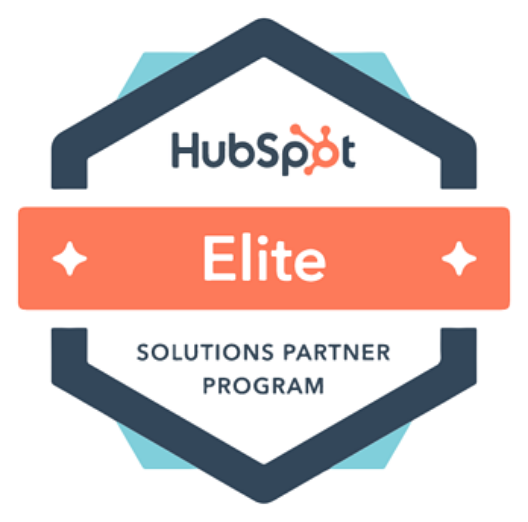
Ready to Rethink Your Automation Workflows?
At Vonazon, we help companies build marketing automation workflows that are smart, flexible systems that get results without sacrificing brand voice or customer experience. Whether you’re stuck in workflow spaghetti, struggling with personalization, or unsure how to measure success, we’ve been there. And we know how to fix it.
Let’s talk about what your automation could be doing. Start with a free consultation, or better yet, a free HubSpot audit. Your workflows will thank you.


